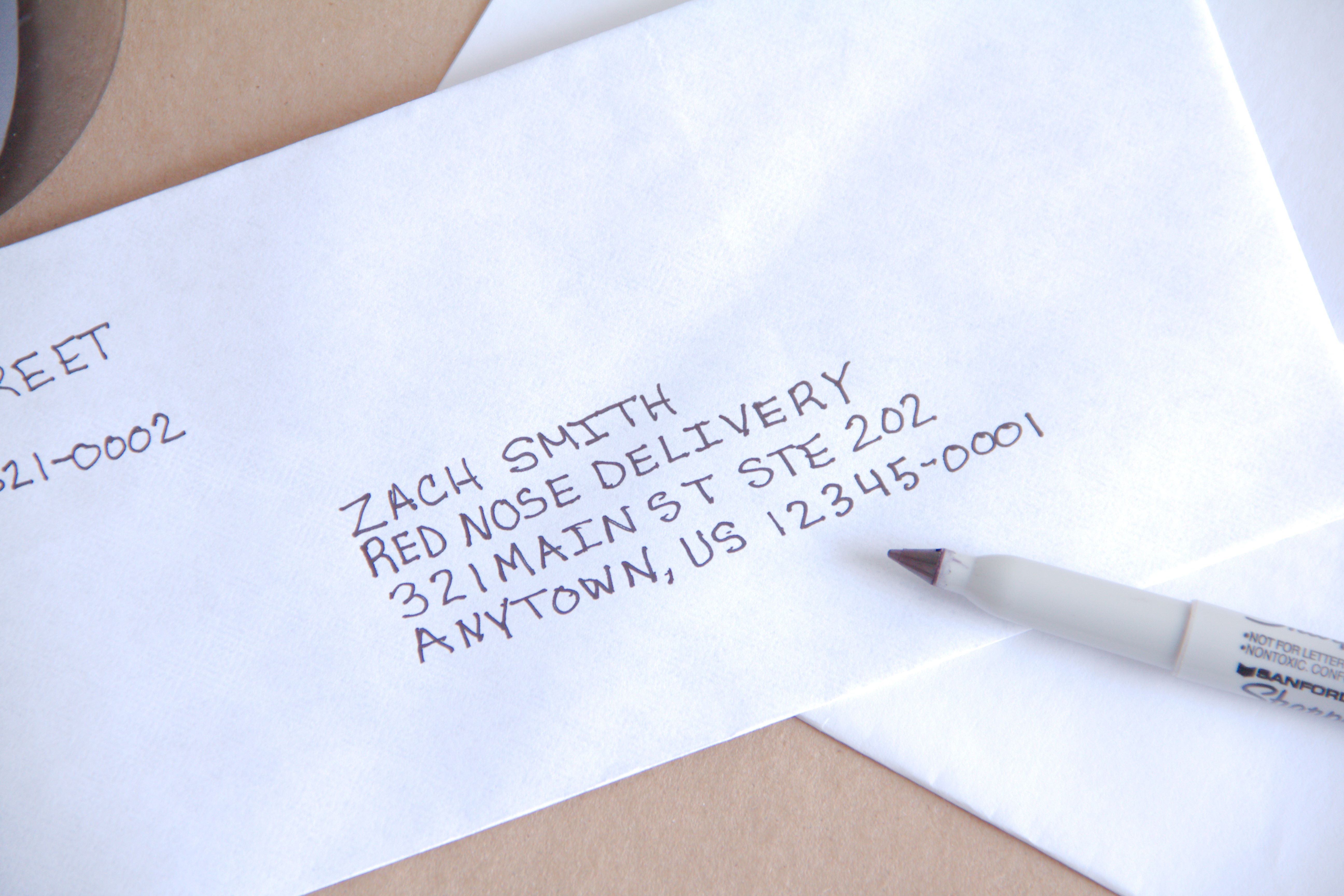

Most standard card and letter envelopes require one stamp, but if the letter isn’t the standard size or has additional weight, check with Mail Services first and they can guide you appropriately.įor more information, including how to mail international letters, check out “ A Customer’s Guide to Mailing” from USPS. Postage: A stamp must be affixed to the upper right corner of the envelope.Use 'Mr.,' Ms.,' or Mrs. A properly addressed envelope has three main components: a return address, a stamp, and the recipient’s address. Using the correct address is essential and must include the recipient’s first and last name (first line), PO Box or street address (second line), and city, state abbreviation, and zip code (third line). To address a formal envelope, write the name of your guest or guests on the first line on the front of the envelope. After your letter is crafted and ready to be sent, addressing and applying the correct postage to your envelope will ensure it gets where it needs to go. Recipient Address: The recipient address should be left-justified and printed or typed in the center (or slightly right) of the envelope.The return address should be left-justified and printed or typed in the upper left corner of the envelope. Title of address refers to the official designation for addressing a given rank. Regardless of whether you’re enlisted or not, you always address a service member by their rank’s title of address, followed by their last name. A return address gives your recipient a heads up about who has sent the mail and, if something goes wrong with the delivery, the mail will return back to you. Use the formula of title of address + last name to address service members. Return Address: Although the US Postal Service doesn’t require a return address, it’s highly recommended.All mail sent to US locations must include the following components:


 0 kommentar(er)
0 kommentar(er)
